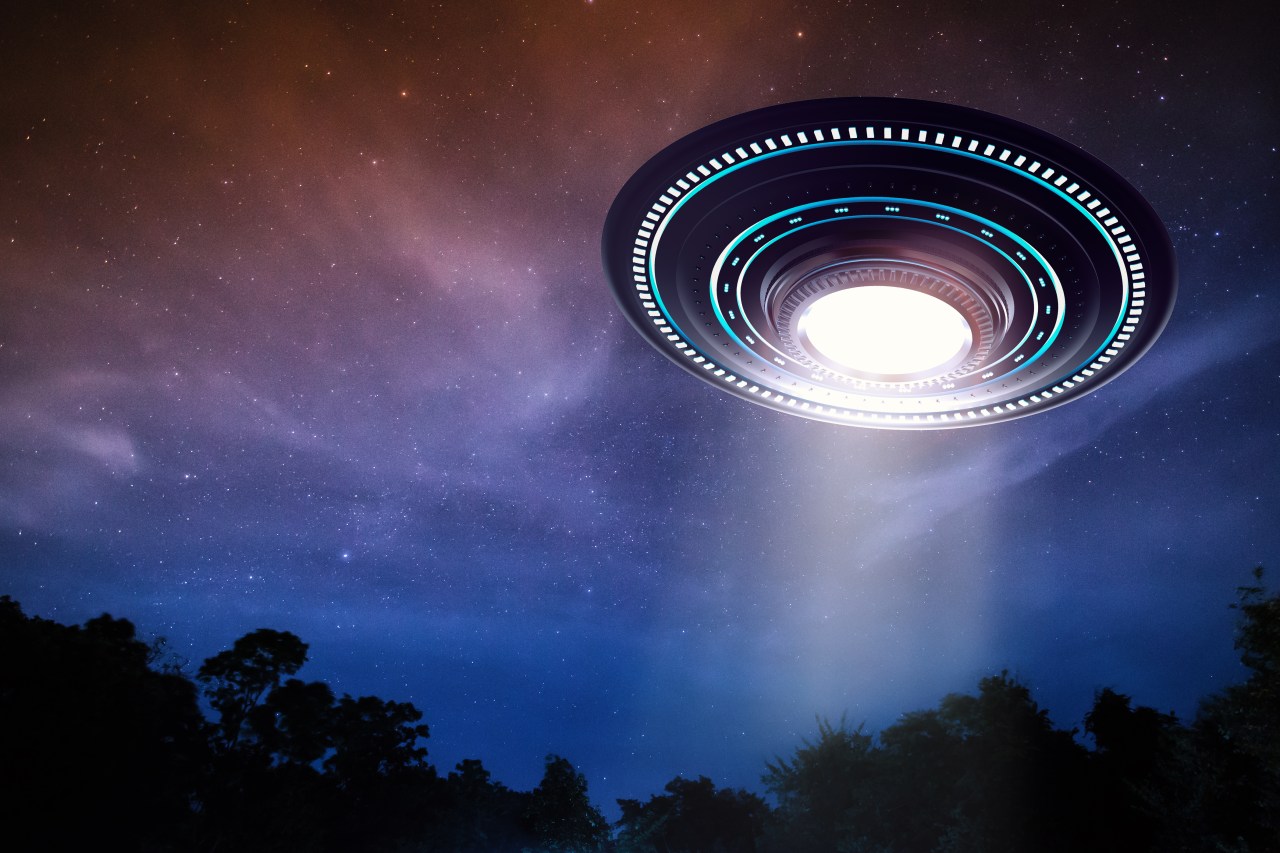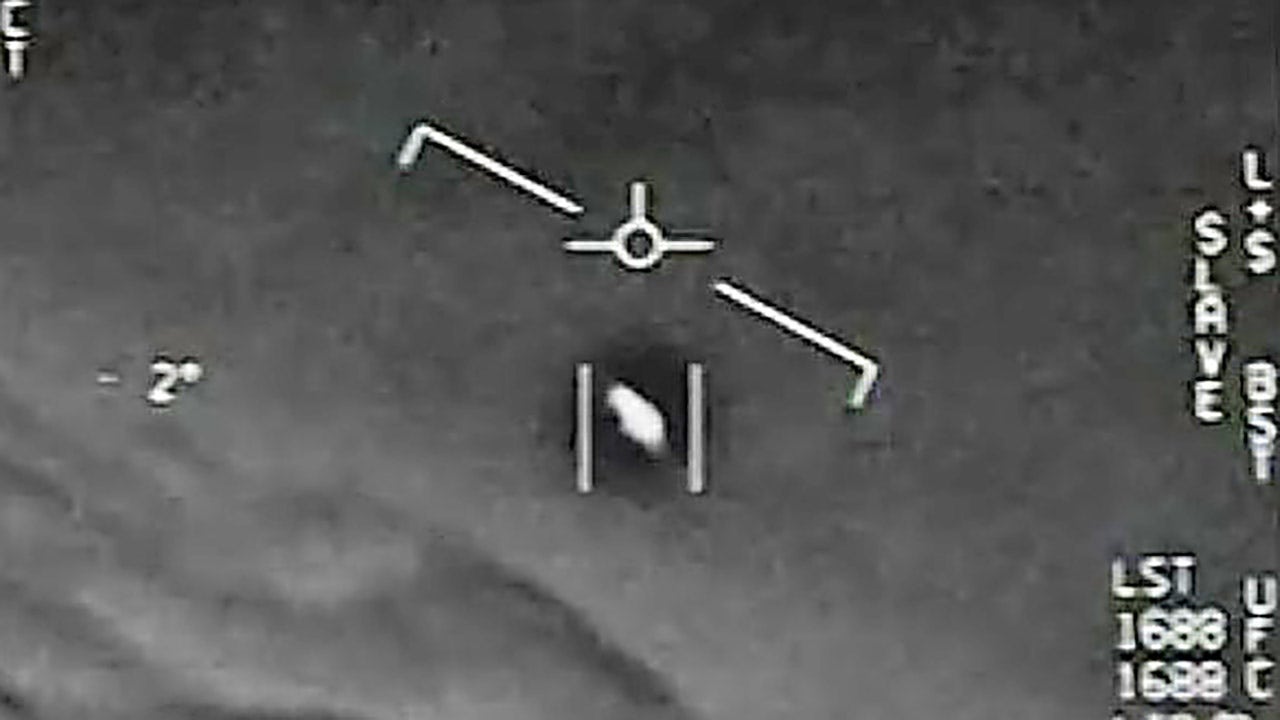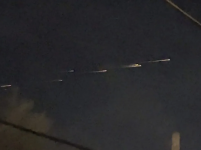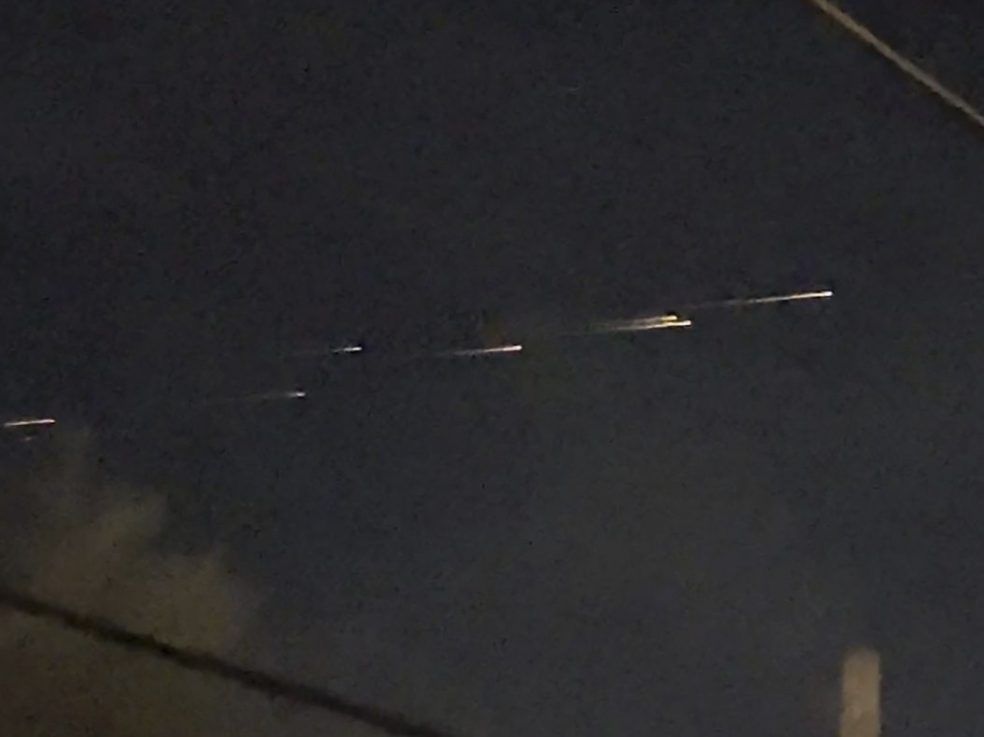Green comet about to be visible from Toronto for first time in 50,000 years
You might need binoculars and stay clear of city lights to see it
Author of the article ostmedia News
ostmedia News
Published Jan 29, 2023 • 3 minute read
This handout picture obtained from the NASA website on January 6, 2022 shows the Comet C/2022 E3 (ZTF) that was discovered by astronomers using the wide-field survey camera at the Zwicky Transient Facility this year in early March. - A newly discovered comet is currently shooting through our Solar System for the first time in 50,000 years and could be visible to the naked eye as it whizzes past Earth and the Sun in the coming weeks, astronomers have said. Having travelled from the icy reaches at the edge of our Solar System, it will get the closest to the Sun on January 12 and pass nearest to Earth on February 1.
This handout picture obtained from the NASA website on January 6, 2022 shows the Comet C/2022 E3 (ZTF) that was discovered by astronomers using the wide-field survey camera at the Zwicky Transient Facility this year in early March. - A newly discovered comet is currently shooting through our Solar System for the first time in 50,000 years and could be visible to the naked eye as it whizzes past Earth and the Sun in the coming weeks, astronomers have said. Having travelled from the icy reaches at the edge of our Solar System, it will get the closest to the Sun on January 12 and pass nearest to Earth on February 1. PHOTO BY DAN BARTLETT/NASA /AFP via Getty Images
It’s been a long time since Comet C/2022 E3 (ZTF) whizzed by earth. A looooooooong time.
In fact, the upcoming visit by the comet on either Feb. 1 or 2 (observers aren’t yet sure which day will be the best day to see it in terms of brightness and clearness) will happen 50,000 years after the last time it could be seen from earth.
“It will be going past the constellation Corona Borealis just before sunrise here in Toronto with Feb. 1st being the best day to view it,” York University Assistant Professor Elaina Hyde, director of the Allan I. Carswell Observatory in the Faculty of Science, said in a release.
“The Allan I. Carswell Observatory plans to target this interesting object with our one-metre telescope.”
Viewers in Toronto might need binoculars or a small telescope to see it. It’s also best to avoid the bright city lights as much as possible.
“It will also depend on light pollution in your area and whether we have clear or cloudy skies,” said York Assistant Professor Sarah Rugheimer, the Allan I. Carswell Chair for the Public Understanding of Astronomy.
York’s Allan I. Carswell Observatory hosts a Monday night York University Radio Show and online public viewing, from 9 to 10 p.m. in addition to a Wednesday night online live teletube, starting at 7:30 p.m. Weather permitting, this may be one of the best ways to observe the comet, they said.
The comet was discovered in California last year by astronomers.
ALL ABOUT COMETS
– Comets are large bodies made of dust and ice. They orbit the sun in elliptical paths, accelerating as they approach perihelion (an object’s nearest pass to the sun), and slow somewhat as they recede to the far outer reaches of the solar system.
Every comet has its own period, or the time it takes to complete an orbit and begin a new one. Short-period comets may pass by the sun once every 200 years or less. Said comets don’t travel very far out in the solar system (usually only to the Kuiper belt, or a region just beyond Neptune), and begin their return trips more swiftly.
– The frozen core of a comet, known as a nucleus, is usually less than 10 miles wide. That’s about the size of a small city, or the volume of a single extremely large mountain.
Comets heat up as they approach the sun. That causes some of the ice to ablate into gas. As gas escapes the comet, it can carry dust with it. The combination gas/dust patch swallows the comet’s nucleus in a cloud known as a “coma,” then streams away in the form of a gently arcing tail.
– Comet C/2022 E3 (ZTF) was discovered by two astronomers on March 2, 2022. They were using the Zwicky Transient Facility, made up of an ultrasensitive camera attached to the Samuel Oschin Telescope at the Palomar Observatory in California’s Palomar Mountain Range.
At that point, it was orders of magnitude too dim to be seen with the naked eye (or even with regular telescopes). By November, it had brightened to the point of almost being visible to the highest-quality binoculars from dark areas. It was found to have a period of roughly 50,000 years.
– The comet is green because it is believed that C2, or diatomic carbon (picture two carbon atoms bonded together), is present in the head of the comet. When excited by incoming solar radiation, it emits photons (packets of light) at wavelengths we see to be green.
– By the middle of February, the comet will disappear from our skies the same way it appeared – with little fanfare. The comet was estimated to have a period of 50,000 years based on its trajectory. However, there are simulations that indicate it could “escape” the solar system and essentially outrun the sun’s gravitational forces, which might mean it will never return – or at least won’t make an appearance for millions of years.
— With files from the Washington Post
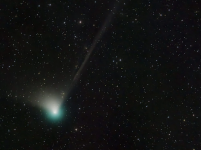
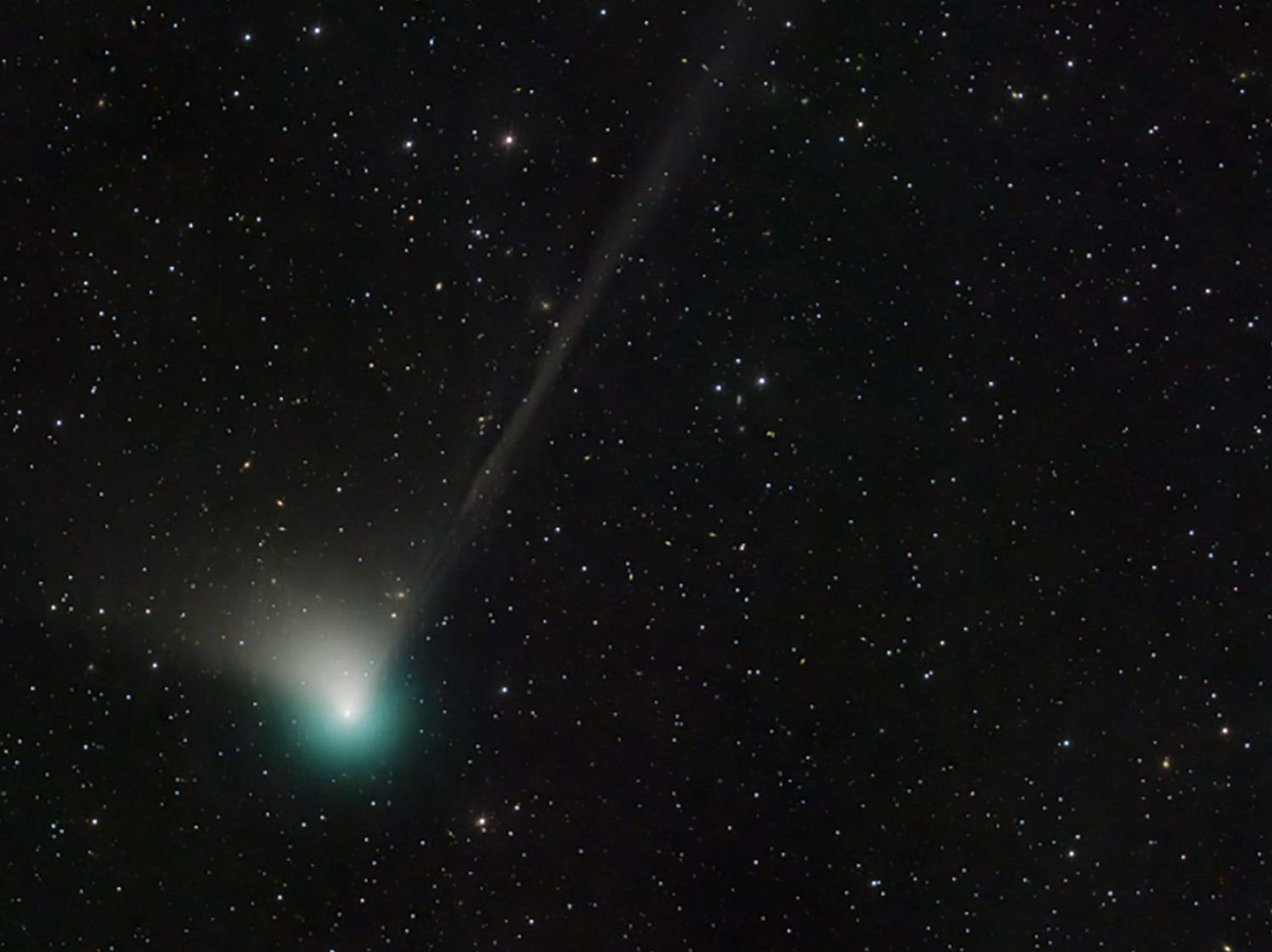
 torontosun.com
torontosun.com
You might need binoculars and stay clear of city lights to see it
Author of the article
Published Jan 29, 2023 • 3 minute read
This handout picture obtained from the NASA website on January 6, 2022 shows the Comet C/2022 E3 (ZTF) that was discovered by astronomers using the wide-field survey camera at the Zwicky Transient Facility this year in early March. - A newly discovered comet is currently shooting through our Solar System for the first time in 50,000 years and could be visible to the naked eye as it whizzes past Earth and the Sun in the coming weeks, astronomers have said. Having travelled from the icy reaches at the edge of our Solar System, it will get the closest to the Sun on January 12 and pass nearest to Earth on February 1.
This handout picture obtained from the NASA website on January 6, 2022 shows the Comet C/2022 E3 (ZTF) that was discovered by astronomers using the wide-field survey camera at the Zwicky Transient Facility this year in early March. - A newly discovered comet is currently shooting through our Solar System for the first time in 50,000 years and could be visible to the naked eye as it whizzes past Earth and the Sun in the coming weeks, astronomers have said. Having travelled from the icy reaches at the edge of our Solar System, it will get the closest to the Sun on January 12 and pass nearest to Earth on February 1. PHOTO BY DAN BARTLETT/NASA /AFP via Getty Images
It’s been a long time since Comet C/2022 E3 (ZTF) whizzed by earth. A looooooooong time.
In fact, the upcoming visit by the comet on either Feb. 1 or 2 (observers aren’t yet sure which day will be the best day to see it in terms of brightness and clearness) will happen 50,000 years after the last time it could be seen from earth.
“It will be going past the constellation Corona Borealis just before sunrise here in Toronto with Feb. 1st being the best day to view it,” York University Assistant Professor Elaina Hyde, director of the Allan I. Carswell Observatory in the Faculty of Science, said in a release.
“The Allan I. Carswell Observatory plans to target this interesting object with our one-metre telescope.”
Viewers in Toronto might need binoculars or a small telescope to see it. It’s also best to avoid the bright city lights as much as possible.
“It will also depend on light pollution in your area and whether we have clear or cloudy skies,” said York Assistant Professor Sarah Rugheimer, the Allan I. Carswell Chair for the Public Understanding of Astronomy.
York’s Allan I. Carswell Observatory hosts a Monday night York University Radio Show and online public viewing, from 9 to 10 p.m. in addition to a Wednesday night online live teletube, starting at 7:30 p.m. Weather permitting, this may be one of the best ways to observe the comet, they said.
The comet was discovered in California last year by astronomers.
ALL ABOUT COMETS
– Comets are large bodies made of dust and ice. They orbit the sun in elliptical paths, accelerating as they approach perihelion (an object’s nearest pass to the sun), and slow somewhat as they recede to the far outer reaches of the solar system.
Every comet has its own period, or the time it takes to complete an orbit and begin a new one. Short-period comets may pass by the sun once every 200 years or less. Said comets don’t travel very far out in the solar system (usually only to the Kuiper belt, or a region just beyond Neptune), and begin their return trips more swiftly.
– The frozen core of a comet, known as a nucleus, is usually less than 10 miles wide. That’s about the size of a small city, or the volume of a single extremely large mountain.
Comets heat up as they approach the sun. That causes some of the ice to ablate into gas. As gas escapes the comet, it can carry dust with it. The combination gas/dust patch swallows the comet’s nucleus in a cloud known as a “coma,” then streams away in the form of a gently arcing tail.
– Comet C/2022 E3 (ZTF) was discovered by two astronomers on March 2, 2022. They were using the Zwicky Transient Facility, made up of an ultrasensitive camera attached to the Samuel Oschin Telescope at the Palomar Observatory in California’s Palomar Mountain Range.
At that point, it was orders of magnitude too dim to be seen with the naked eye (or even with regular telescopes). By November, it had brightened to the point of almost being visible to the highest-quality binoculars from dark areas. It was found to have a period of roughly 50,000 years.
– The comet is green because it is believed that C2, or diatomic carbon (picture two carbon atoms bonded together), is present in the head of the comet. When excited by incoming solar radiation, it emits photons (packets of light) at wavelengths we see to be green.
– By the middle of February, the comet will disappear from our skies the same way it appeared – with little fanfare. The comet was estimated to have a period of 50,000 years based on its trajectory. However, there are simulations that indicate it could “escape” the solar system and essentially outrun the sun’s gravitational forces, which might mean it will never return – or at least won’t make an appearance for millions of years.
— With files from the Washington Post


Green comet about to be visible from Toronto for first time in 50,000 years
It's been a long time since Comet C/2022 E3 (ZTF) whizzed by earth. A looooooooong time.
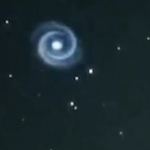
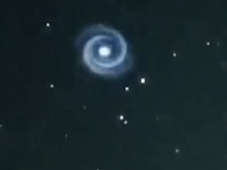
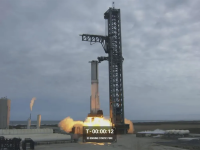
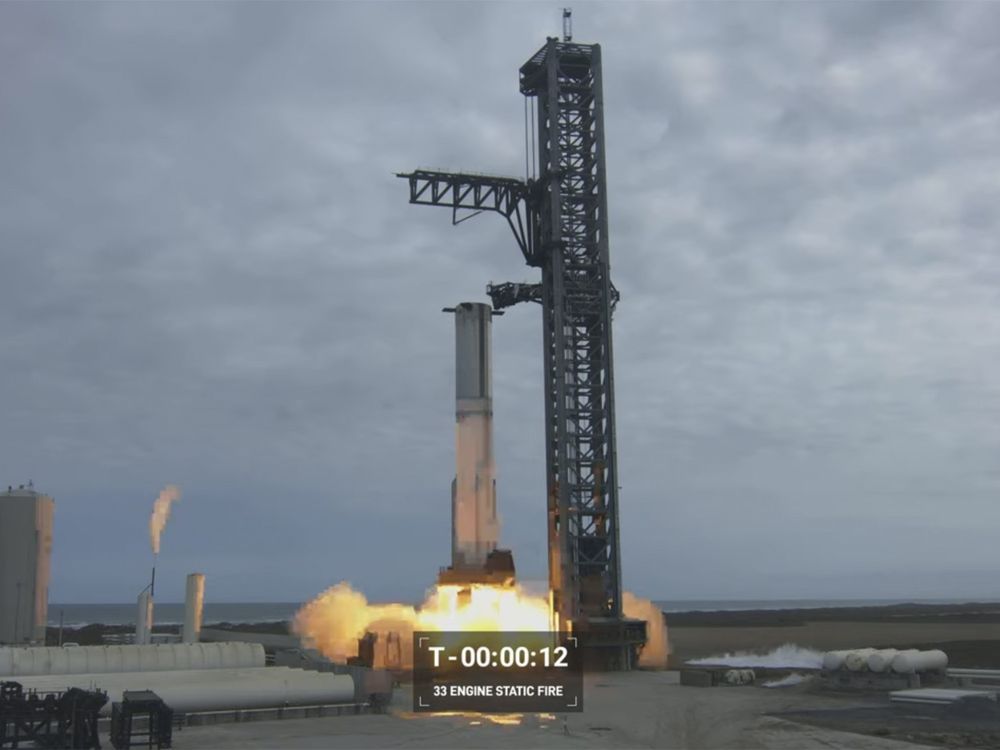


![cda-moon-rover-20230303[1].jpg cda-moon-rover-20230303[1].jpg](https://forums.canadiancontent.net/data/attachments/15/15799-cbb697225c164b0817ca2e2f8acc257d.jpg)
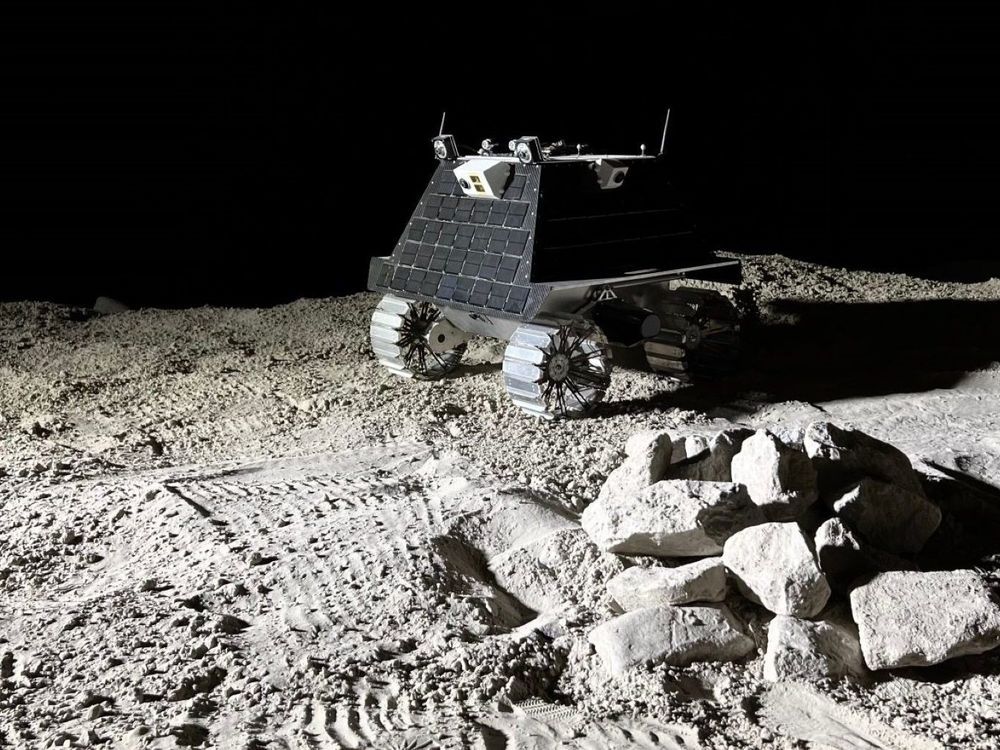





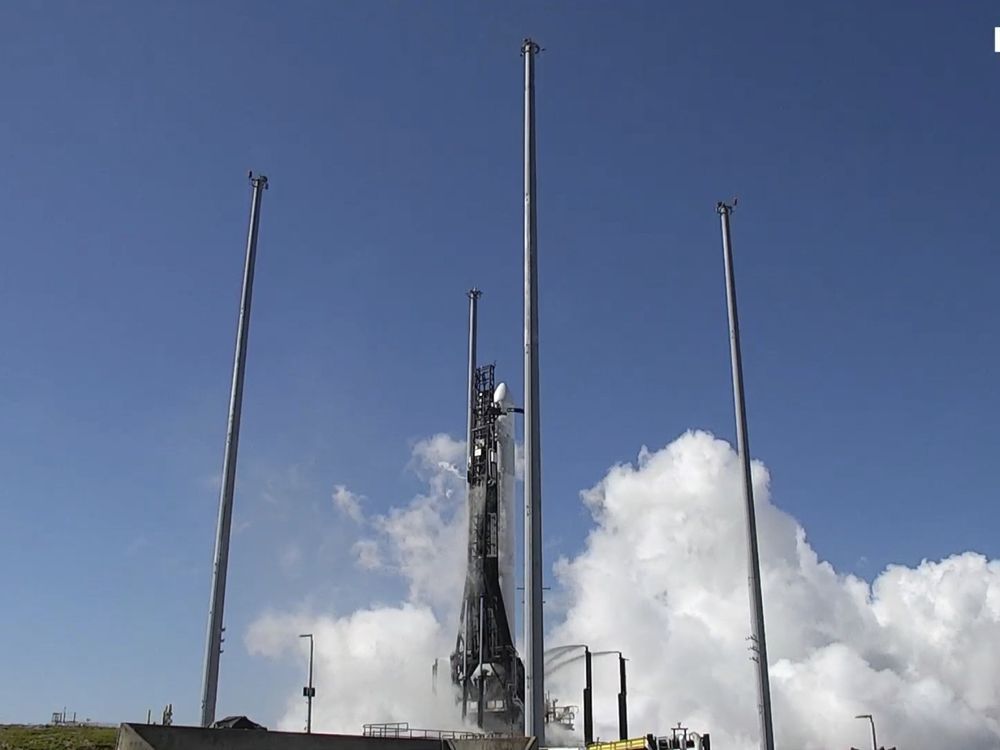
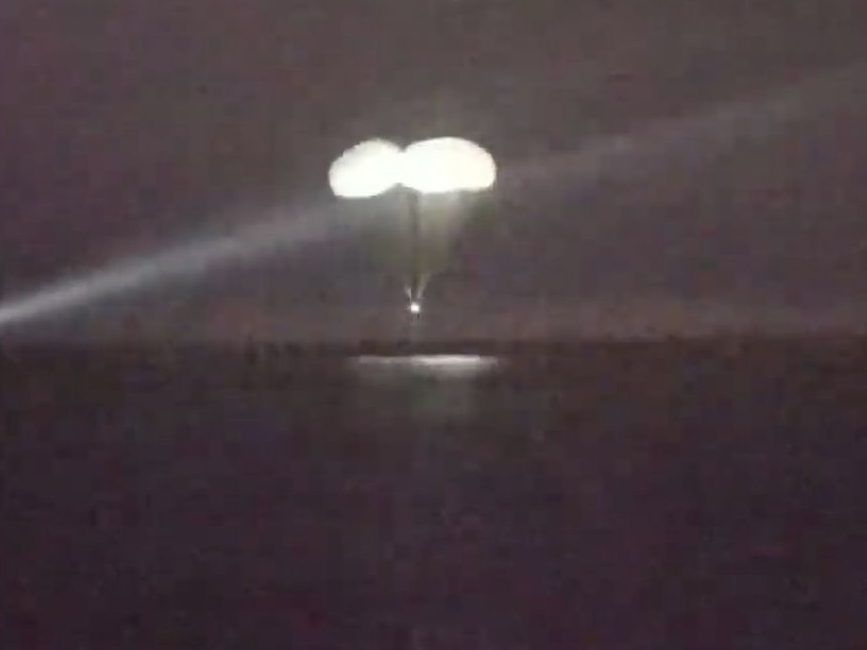
![space-nasa-webb-telescope[1].jpg space-nasa-webb-telescope[1].jpg](https://forums.canadiancontent.net/data/attachments/15/15906-ad2ae739e6418fc1898ab2e962887b95.jpg)
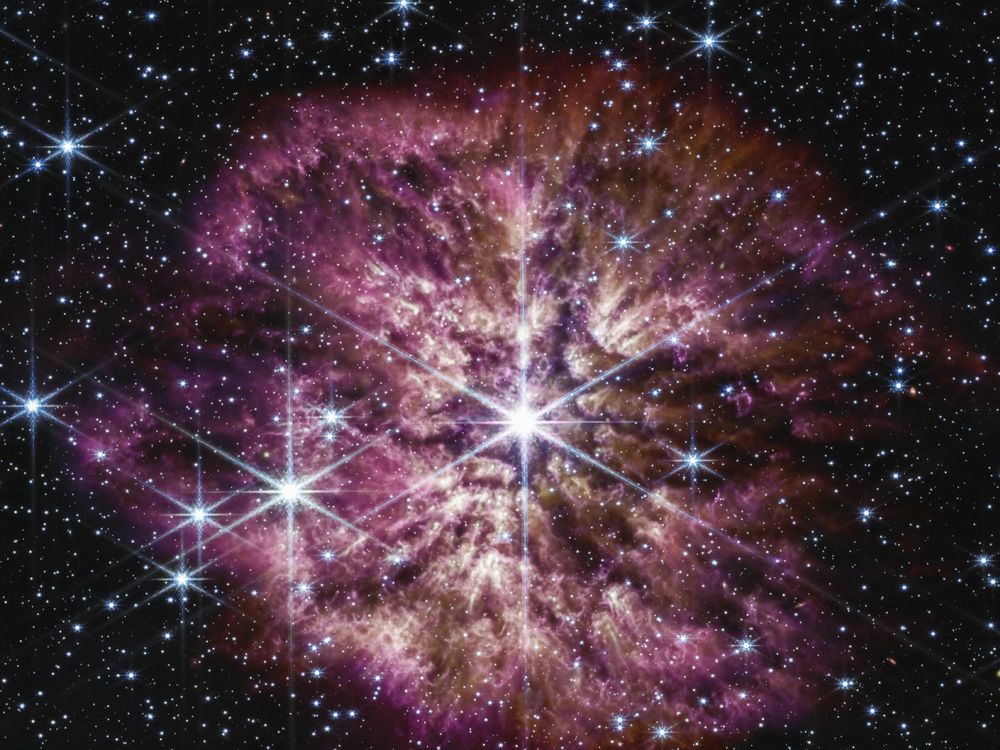
![GettyImages-626583056-1[1].jpg GettyImages-626583056-1[1].jpg](https://forums.canadiancontent.net/data/attachments/15/15921-8bdc990404bf455673bf5a8ee0b7d545.jpg)
